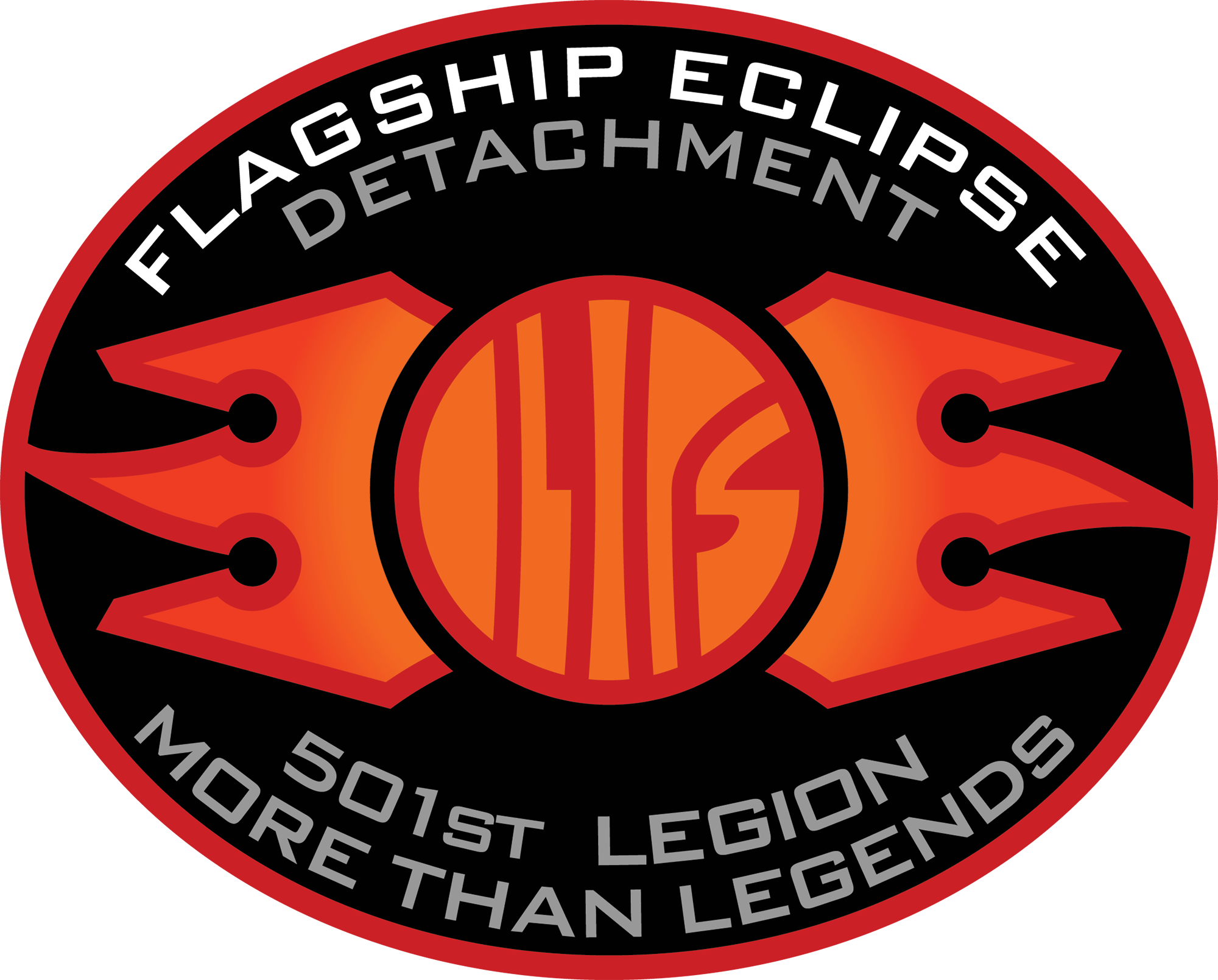
CGI anime isn’t always great. When done lazily, it can feel clunky and robotic, like watching video game cutscenes from a decade ago. Expressions can look weirdly flat, and characters might move too smoothly, making everything feel unnatural. Worse, some studios treat CGI as a shortcut instead of a tool, which leads to that dreaded “uncanny valley” effect where characters look almost human but not quite right. Still, when done right, CGI is something that can take anime to a whole new level.
Compared to its early days, 3D CG anime has come a long way. What used to be stiff, awkward, and cheap-looking has evolved into something absolutely stunning. Studios like Orange and Polygon Pictures have pushed CGI forward and created anime that wouldn’t even be possible with traditional 2D animation. Instead of relying on speed lines or dramatic still frames, CGI lets animators come up with fights that flow naturally, with weight and impact behind every hit. It also makes character designs more consistent — no weird off-model shots or budget-saving stills. Plus, CGI anime often builds massive, immersive environments that would be way harder to animate in 2D, much like these ten best 3D CGI anime.
Land of the Lustrous

Land of the Lustrous turns CGI into pure art. The story follows Phos and the other humanoid gems as they battle Lunarians, the mysterious beings who want to destroy them. The CGI makes their crystal-like bodies shine, the gems reflecting light in a way traditional animation might not have been able to achieve. Especially during fights where the gems dodge and strike with a level of speed and grace that feels natural.
On top of that, the world is vast and surreal. Wide landscapes, glowing oceans, and eerie skies make every scene look like a dream. The Lunarians’ eerie, floating forms add to the otherworldly vibe. The 3D CGI builds an atmosphere that feels alien and haunting. Every tilt of the head, every flicker in Phos’s eyes carries weight. It’s one of the few full-CGI anime that doesn’t just work—it absolutely stuns.
Beastars

Beastars proves that CGI can be expressive and immersive. The world of anthropomorphic animals is packed with raw emotion and tension. The animation brings out every flick of an ear, twitch of a tail, and shift in body language. Legoshi’s awkwardness, Haru’s vulnerability, and Louis’s confidence come through in every movement. Even better, the action is smooth and weighty. When Legoshi fights, you feel the power behind every punch and struggle.
The CGI also makes the characters’ animalistic traits stand out — Legoshi moves with a wolf’s cautious grace, while Louis commands attention with his rigid, upright posture. Shadows and lighting add layers of depth, and all scenes feel cinematic. Some people hesitate with CGI anime, but Beastars pulls you in fast. The mix of noir-style visuals, deep storytelling, and carefully crafted expressions makes Beastars one of the best-looking 3D anime ever made.
God Eater
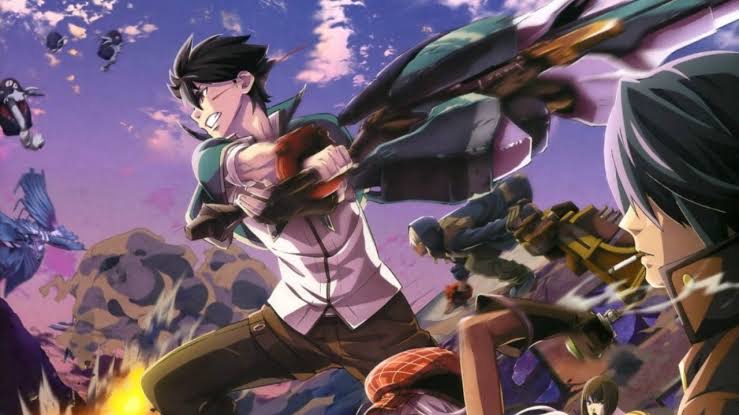
Based on a video game, God Eater is set in a post-apocalyptic world where warriors called God Eaters combat the monstrous Aragmi with their God Arcs. The series selectively uses CGI for some character animation. The Aragami are fully CGI, which makes their intricate menace stand out from their environment.
However, the show does have an inconsistent blending of 3D CGI and 2D animation. Even though the monsters look incredible, the 2D characters can look out of place. Some scenes have an uneven frame rate, which makes the movement look off. Despite these flaws, the series proves that CGI can do wonders for a show’s visuals.
Ajin: Demi-Human
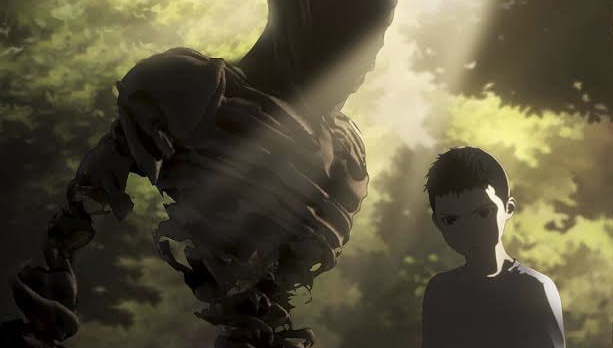
Ajin: Demi-Human uses CGI to create a fast, brutal, and intense experience. The story follows Kei Nagai, a teenager who discovers he’s an Ajin, a demi-human who can’t die. The show’s animation gets quite some flak, but honestly, the CGI nails the weight and impact for a fight. The ghost-like IBMs move in a creepy, physics-defying way that adds to the horror. The choppy frame rate only adds to the unease, though some viewers aren’t too fond of it.
The CGI also helps build a dark and realistic world. The lighting and camera angles make everything feel grounded. The facial expressions are a bit stylized, but they still show emotion. Some people weren’t sold on the character animation at first, but the intense atmosphere keeps you hooked. With its sharp storytelling, brutal action, and eerie visuals, Ajin proves that CGI isn’t just for flashy effects. It can also make a show feel raw, tense, and unsettling in a way that 2D sometimes can’t.
Arpeggio of Blue Steel

Arpeggio of Blue Steel takes CGI and runs with it, creating stunning naval battles that feel massive and intense. The story follows Gunzou Chihaya and his crew as they command the I-401 submarine against a mysterious fleet of sentient warships called the Fog. With futuristic weapons, AI-controlled ships, and high-speed naval combat, the show delivers some of the best action in CGI anime.
The characters, especially the AI ship avatars known as Mental Models, are also well-animated. Their designs mix military aesthetics with a futuristic, almost otherworldly feel. While some movements feel a little stiff compared to traditional 2D, the strong art direction and intense battles more than make up for it. Arpeggio of Blue Steel shows us how CGI can create epic, large-scale action that 2D would struggle to match.
[RELATED – 10 Controversial Anime Endings That Divided Audiences]
Trigun Stampede

Trigun Stampede takes the classic Trigun story and brings it to life with jaw-dropping CGI. Studio Orange pushes production to the limit with a combo of high-frame rate, motion capture refinement, and physically accurate simulations. Vash’s gunshots stand out thanks to interpolation-based animation, and his movements are natural, unlike the stiffness seen in low-budget animation. His dodges and acrobatics feel effortless thanks to a mixture of inverse kinematics and hand-keyed adjustments.
The CGI also gives the desert landscapes of No Man’s Land a stunning level of detail, from the vast, sunbaked wastelands to the gritty, lived-in towns. Character expressions are more natural than most other CGI anime, making Vash’s charm and depth stand out. And the mix of hand-made cinematography and fluid motion makes Trigun Stampede one of the most visually impressive CGI anime out there.
Ultraman
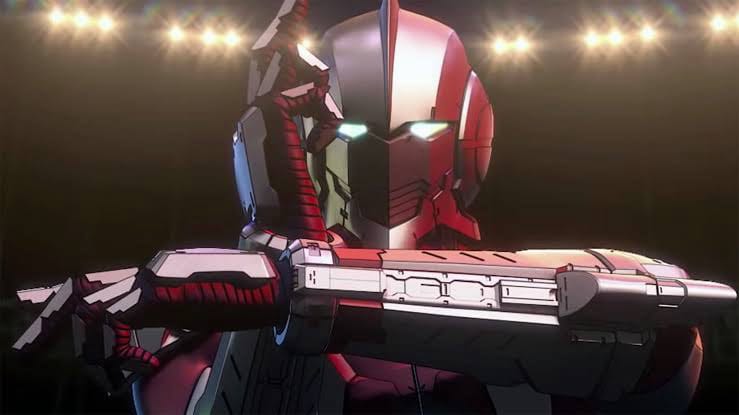
Ultraman updates the legendary tokusatsu series with sleek CGI and intense action. This version shifts from giant Kaiju battles to fast, hand-to-hand combat, where Ultraman fights like a high-tech superhero. The CGI enhances Ultraman’s metallic suit and makes light bounce off of it realistically, all while emphasizing wear and tear during battles.
Some character animations outside of fights feel a little stiff and doll-like with early CGI, but the overall style stays clean and polished. Neon-lit cities, sharp battle effects, and smooth choreography prove that CGI can deliver a modern, action-packed take on a classic hero. This version of Ultraman keeps the heart of the original series while pushing its visuals into the future.
86
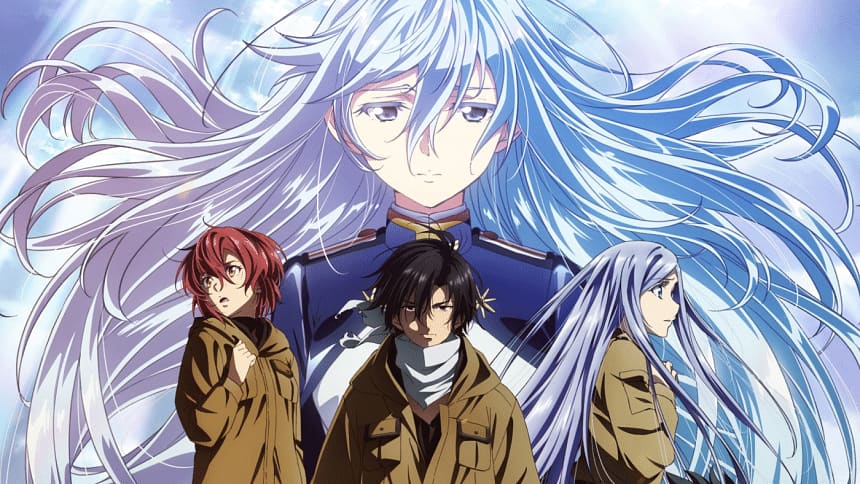
86 uses both 3D CGI and traditional 2D animation to tell the war-torn story of the Republic of San Mangolia. The CGI is primarily used for character animation for the Legion mechs and the Spearhead Squadron’s Juggernauts, whose metallic forms benefit from fast, weighty movements. The camera work also utilizes 3D space to show us immersive fights that traditional anime would struggle to achieve.
That said, 86 does struggle here and there. The CGI itself is great, but it doesn’t always blend perfectly with the 2D components of the animation. Sometimes, the lighting and shading make the CGI models stand out too sharply against the hand-drawn backgrounds. However, the show avoids the usual clunky pitfalls of CGI animation by reserving it for machines rather than human characters. This makes the show an overall great example of how the strategic use of CGI enhances a war anime.
Summer Wars

The 3D CGI in Summer Wars can be a mixed bag, but it serves the series well overall. The story follows a math genius who gets pulled into the virtual world of OZ. The CGI gives cyberspace a bright, high-energy aesthetic with smooth gradients and clean geometric shapes. Meanwhile, the real world is animated traditionally with 2D graphics for a stark contrast. Thanks to CGI, the characters move smoothly, and the digital battles fare well despite their sheer scale.
However, character movements can sometimes be too weightless and resemble those of video game characters. In addition, the lighting can sometimes feel too polished and miss imperfections that are necessary for the realism of high-end CGI. While the CGI does show its age, the film was ambitious for its take on 3D CGI 16 years ago, and even today, its approach still stands out.
Blame!

Blame! drops you into a haunting, machine-ruled world where Killy, a lone wanderer, searches for a way to restore humanity. The city expands endlessly, building itself without control. The CGI makes this mechanical labyrinth feel huge, oppressive, and eerily empty. Every hallway, structure, and shadow screams isolation. The action hits hard. Killy’s fights against the Safeguard, deadly AI enforcers, feel brutal and weighty.
Movements are sharp, gunfire cracks through the silence, and every clash with these inhuman enemies feels like pure survival. The CGI makes them move unnaturally, adding to their menace. Some scenes feel stiff, but the overall aesthetic sells the hopeless, machine-ruled world. The muted colors, massive scale, and eerie quiet make you feel just as lost as Killy, with the mix of horror and action pulling you into its depths and never letting go.
The post 10 Best 3D CG Anime That Defied Fans’ Expectations appeared first on ComicBook.com.
